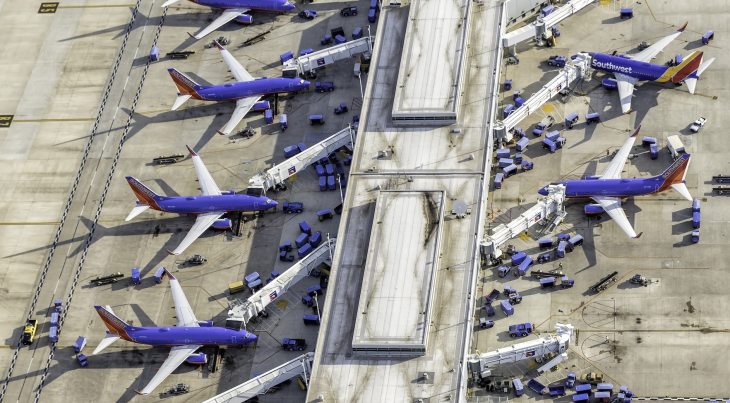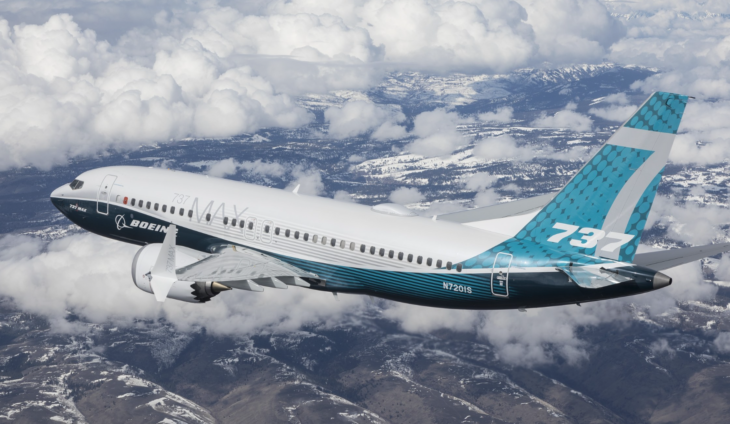As the top selling aircraft in aviation, the Boeing 737 has sold over 10,000 airframes since inception. The history of the Boeing 737 goes back to the 1964 with the first stages of development. The manufacture was looking to design an aircraft to complement its existing 707 and 727 models. After announcement of this new model, several airlines including Lufthansa and United Airlines placed orders. In spring of 1967, the first test flight took place on a 737-100 variant featuring low-bypass turbine engines.
The aircraft had a length of approximately 94 feet and seating for 100 passengers. Soon following the introduction of the 737-100, was a slightly stretched -200 variant with additional seating. Â The next fifteen years for the 737 was rather uneventful as the airline industry evolved. A combination of fuel shortages, supersonic travel, and other relevant matters made a noticeable impact on the 737.Â

In the mid 1980’s Boeing created a third variant, the 737-300 was further stretched in length and featured improved high-bypass turbine engines. The new variant had a length of approximately 110 feet and featured engines position on pylons forward of the wing. This design changes allowed for increased passenger capacity and needed ground clearance for the larger engines. A few years later was the 737-400 which was an even longer version with higher seating capacity. Quickly following was a -500 variant to replace the 737-200 with improved fuel efficiency from high-bypass turbine engines.Â
As competition in the aircraft manufacturing sector increased Boeing expanded with major updates to the 737 model.  These new models were called “Next Generation†(NG) that retained many of the important aspects of previous versions with major improvements. Changes included a new wing design, advanced avionics, and more efficient engines. By the mid to late 1990’s, Boeing was producing 3 new variants; -600, -700, -800 with lengths between approximately 102 feet and 130 feet.
These different versions allowed airlines to utilize aircraft with varying seating capacities and flight range for improved economics. In mid-2001, Boeing released the 9th variant called the 737-900 with an even longer length and higher seating capacity. Over the next decade changes would be limited to Extended Range (ER) versions to stay competitive against other aircraft.

With such a successful program of “Next Generation†variants, Boeing announced the development of new variants in 2011. The 737 MAX airframes include improved new engines, advanced split tip winglets, and a digital flight deck. There are 4 different variants; MAX 7, MAX 8, MAX 9, and MAX 10 with lengths between approximately 117 feet and 144 feet.
They can seat anywhere from 150 to over 225 passengers and travel as far as 3,850 nautical miles. With advanced design techniques and powerful technology, the aircraft are considered very fuel efficient for airlines to operate. The MAX variants have received over 5,000 orders and first started commercial service in May of 2017.

Leave a Reply